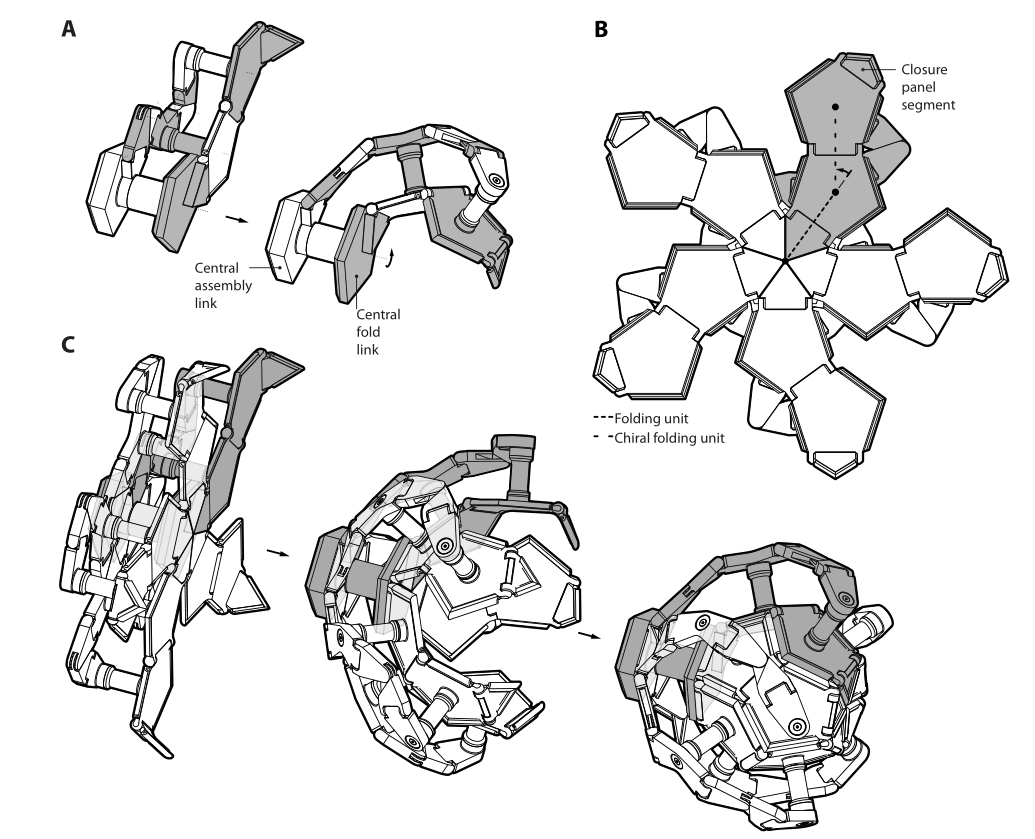Creatures that live in the depths of the oceans are often extremely fragile, making their collection a difficult affair. A new polyhedral sample-collection mechanism acts like an “underwater Pokéball,” allowing scientists to catch ’em all without destroying their soft, squishy bodies in the process.
The ball is technically a dodecahedron that closes softly around the creature in front of it. It’s not exactly revolutionary, except in that it is extremely simple mechanically — at depths of thousands of feet, the importance of this can’t be overstated — and non-destructive.
Sampling is often done via a tube with moving caps on both ends into which the creature must be guided and trapped, or a vacuum tube that sucks it in, which as you can imagine is at best unpleasant for the target and at worst, lethal.
The rotary actuated dodecahedron, or RAD, has five 3D-printed “petals” with a complex-looking but mechanically simple framework that allows them to close up simultaneously from force applied at a single point near the rear panel.
 “I was building microrobots by hand in graduate school, which was very painstaking and tedious work,” explained creator Zhi Ern Teoh, of Harvard’s Wyss Institute[1], “and I wondered if there was a way to fold a flat surface into a three-dimensional shape using a motor instead.”
“I was building microrobots by hand in graduate school, which was very painstaking and tedious work,” explained creator Zhi Ern Teoh, of Harvard’s Wyss Institute[1], “and I wondered if there was a way to fold a flat surface into a three-dimensional shape using a motor instead.”
The answer is yes, obviously, since he made it; the details are published in Science Robotics. Inspired by origami and papercraft, Teoh and his colleagues applied their design knowledge to creating not just a fold-up polyhedron (you can cut one out of any sheet of paper) but a mechanism that would perform that folding process in one smooth movement. The result is the network of hinged arms around the polyhedron tuned to push lightly...